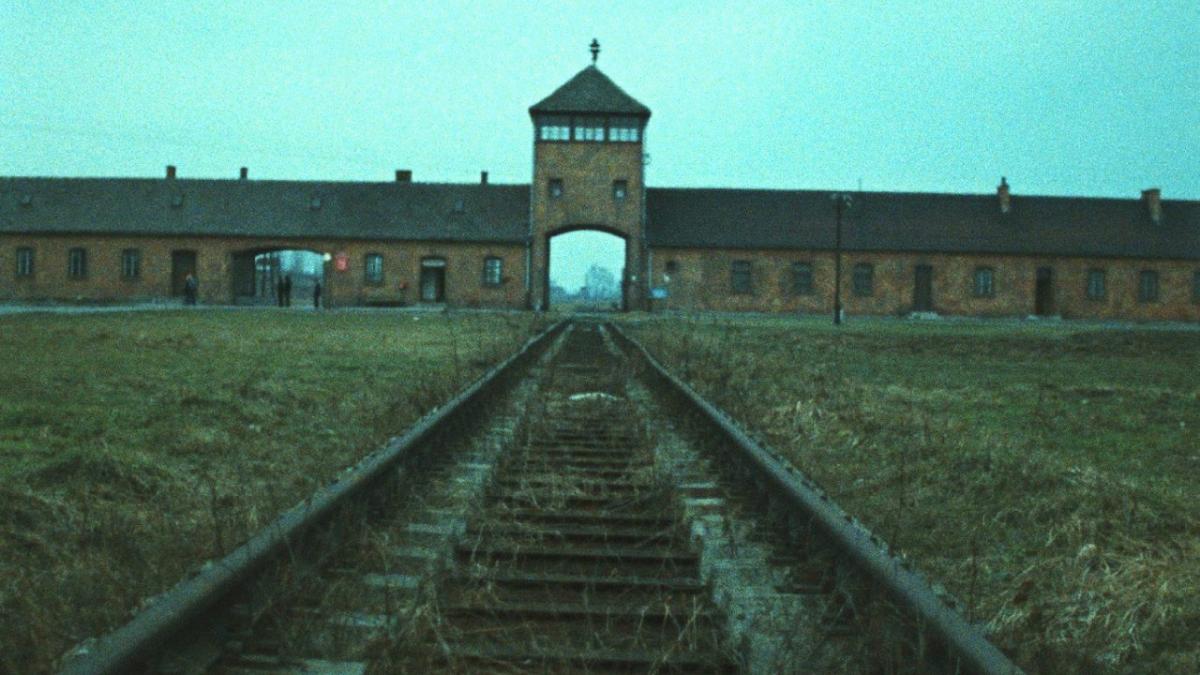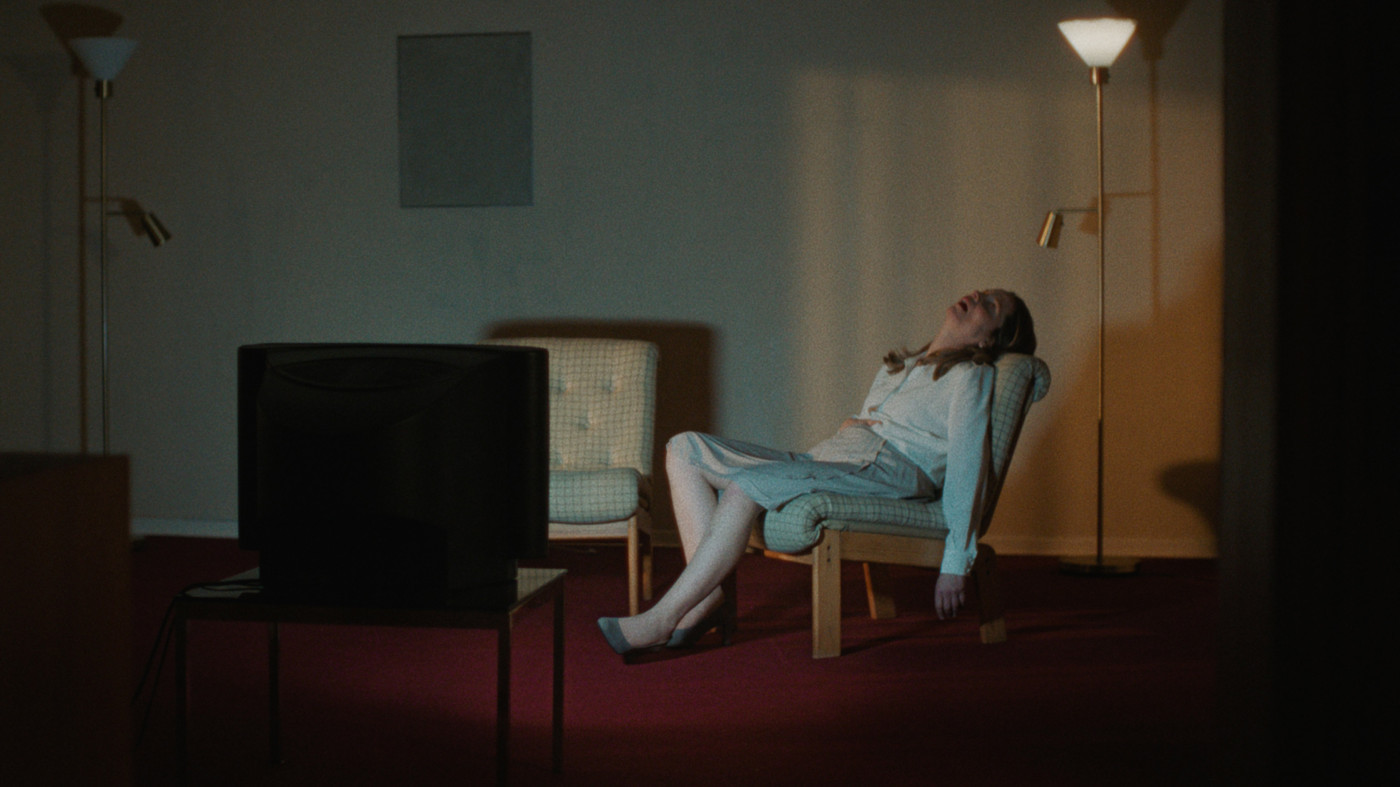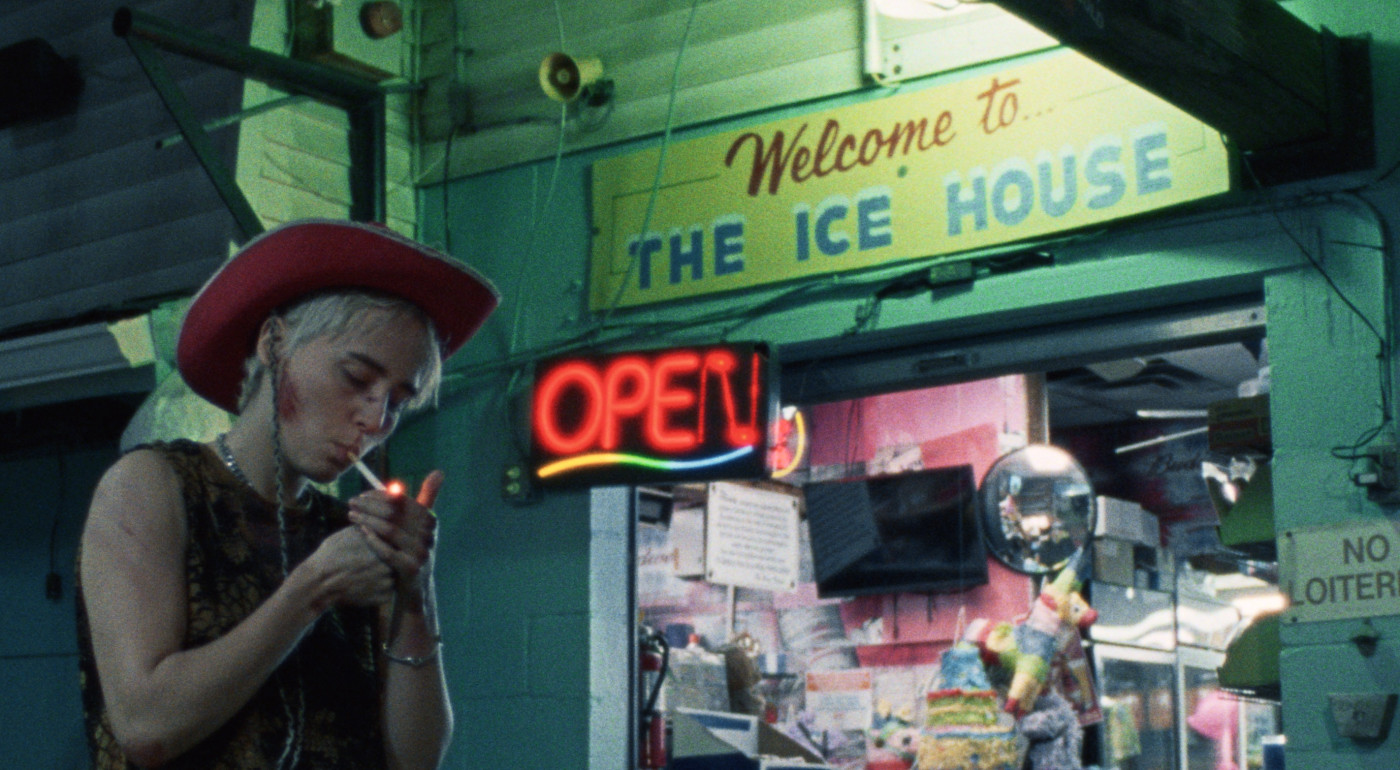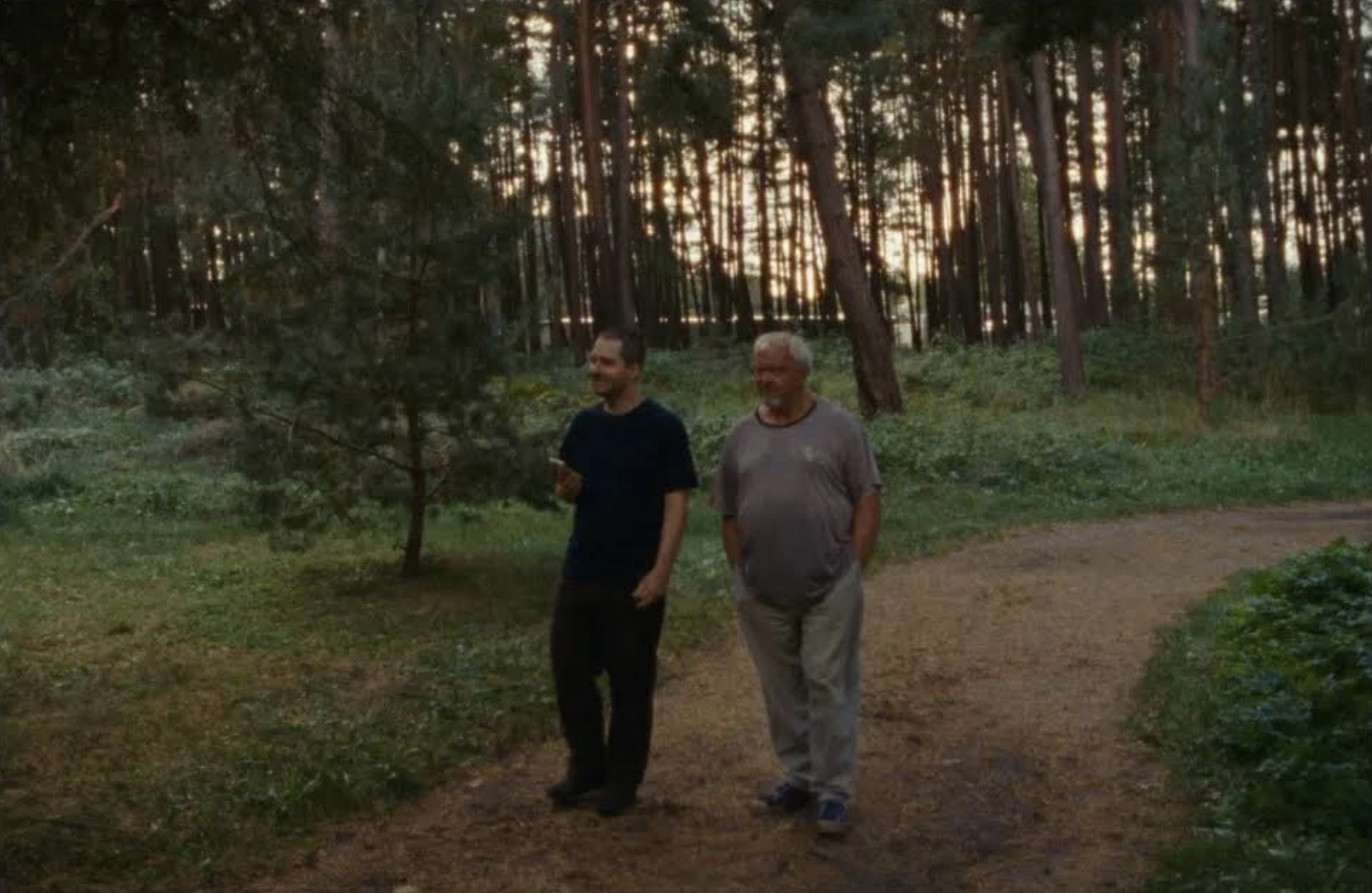
Good films come in all shapes and sizes: Karlovy Vary 2025
P. Stuart Robinson (b. 1958), is an Associate Professor in Political Science at the University of Tromsø. He writes academically about the politics of film, and has published in such scholarly journals as Alphaville, Apparatus and Nordlit.
*
KVIFF 2025: The highlights of yet another Karlovy Vary International Film Festival, the 59th, are many. Feel, for example, the burgeoning love – and adulation – of all things Norwegian here in the heart of Bohemia, now directed towards Nina Knag’s accomplished debut feature, Se meg («Don’t Call Me Mama»).
The film itself features precious little love but there’s lust by the bucketful and plenty of naked power. The love (and lust) overflows, meanwhile, as high camp meets girl power in the extraordinary writing, directing, and starring debut of Annapurna Sriram. There’s no shortage of light – or shadows – in her fast-paced, slow-burner cult-classic in the making, Fucktoys (2025).
America may be in the grip of an evil madman to rival Caligula, and the planet so imperilled that only the manner of its destruction remains in doubt. Choose your poison (except you don’t get to choose): Death-by-global-greenhouse, ecological collapse or nuclear winter? And yet good – and surprising – things continue to happen, like the continuing Czech love-affair with Norwegian cinema and the return of camp with attitude, even recalling the good old days of gay lib, only faster and madder!
There are dark clouds at the festival this year, certainly. Its longstanding president, the beloved Czech actor, Jiří Bartoška, died this May after a long battle with cancer. A little closer to home for me was the loss of a beloved colleague, friend and loyal festivalgoer, the Icelander and Prague resident, Ásgeir H Ingólfsson. He succumbed to the same infernal disease this January. Film critic, curator, poet, he symbolised, for me, what was best about cinema in general and this festival in particular.

One of his web incarnations provides evidence enough. He called himself a ‘culture smuggler’ and channelled the love of words and ideas, without ego, only generosity and love. He was just as interested in sharing and reflecting on the works of others as he was in creating his own. The term ‘pillar of the community’ has been so devalued as to become an empty platitude, but Asgeir redefines the term and makes it great again.
Uniquely, the highlight of the festival this year was not a film (for me, anyway) but a gathering in the press interview-room, thoughtfully provided by KVIFF’s wonderful press office, in memory of the greatly missed Asgeir. There we honoured him with a little live music on sax and violin, our favourite recollections of his left-field humour and unique take on the world, and, best of all, one of his own poems, Troubled Water:
We are the troubled water. We are the ocean that drowned the sailors before we evaporated and rained down on those grieving them. We are the tears they shed. The bathwater your child plays in, the geyser that erupts. We are ninety percent of the poison and ninety percent of the holy water, seventy percent of you.
Asgeir, much younger than me but an old soul I believe, taught me cinephile rules to live by, though he would only smile indulgently when I broke them. Please take note: 1) Don’t walk out of a festival film before it’s over, however bad! 2) Don’t post your reviews on your innocent friends’ Facebook timelines! I promise, Asgeir! Rest in peace, my friend.

And then there were the films, those shimmering, flickering murmurings of exuberance and hope! Here are a few highlights, at the risk of abject failure to do them justice… Apart from the aforementioned – and more on these little gems presently – they came in all shapes and sizes. We could start in the ‘supersized’ category with the full nine hours of Claude Lanzmann’s in all respects immense Shoah (1985) – screened in honour of its 40th anniversary.
Shoah is one of the films that has been most written about and perhaps least seen. It’s a pity. At a stroke (albeit taking many hours) it changed the face of documentary filmmaking. The premise is simple. Those who experienced the Holocaust, as victims, onlookers or even perpetrators, walk and gather their thoughts and recollections among the debris, in the sad, redolent places where the abomination unfolded.
It’s hard to convey how compelling the results are. The hours fly by as, step-by-careful-step, a powerful document is assembled before our eyes. These were new filmic measures fashioned from the carnage and ruins of the mid-20th century, necessary efforts to cope with, and do justice to, new times, and the evils they unleashed. For their novelty and depravity continue to defy imagination.
The theme remains relevant, unsurprisingly, at the close of the 21st century’s first quarter. Hence, let us move seamlessly from what was so new and different in 1985 to what is new and different here and now. We need look no further than Piotr Winiewicz’s debut feature, About a Hero (2024)…

I forgot the fourth doomsday scenario: The AI/robot takeover, which leads naturally to the wholesale genocide of a soon-to-be-superfluous humanity. But long before that, AI can give us – did you guess? – fake Werner Herzog documentaries! Winiewicz’s marvellous experiment is to let AI loose on the venerable filmmaker Herzog and give him a new, Frankensteinian, lease of life.
It’s hard to do justice in a few words to this remarkable exercise in managed, reflexive chaos, to this ambivalent homage to state-of-the-art biopower. Since Shoah perhaps, documentaries have been about layers. Since Nick Broomfield’s Driving Me Crazy (1988) perhaps, they’ve also been gnawing at the boundary between those twin imposters, fact and fiction.
About a Hero is a Werner Herzog film – or not – a Piotr Winiewicz film – or not – a film about a real man (a hero, no less) – or not – and, finally, ‘the making of’ all the above. We’re inducted into the veritable labyrinth of human reflexivity in all its intricacies, of which the machine-assisted version is only the latest incarnation.
‘Herzog’ speaks to us in a disembodied, mechanised parody of himself. Confronted with the challenge to be ‘not only an observer but a participant in the dance of epochs,’ he replies as we know he must, ‘So, let us dance!’ Behold the gravitas, as breathless wonder gives way to mirth, tinged with respect for one genuine – perhaps immortal – cinematic hero.

The theme of power, explored inductively in Winiewicz’s remarkable debut, is one for the ages, but especially our own. Trump, for example, is nothing if not an illustration of privilege and power at its worst, the gloves removed, and all its gruesome, venal workings revealed.
Three of the most striking films of the festival address power. In these troubled times, this is the nature of our search for the redeeming light. As already noted, along with Winiewicz’s hard to define ‘mockumentary’ (shall we say?) came Se meg and Fucktoys.
Like About a Hero, these are impressive debut features. Whereas Winiewicz takes us deep into the intricate, algorithmic workings of 21st-century power, Nina Knag shows us its ugly human face, contorted by ecstasy-cum-horror, and finally – and importantly – Sriram sneaks us into its backdoor with an audacious act of sabotage.

The virtue of Knag’s Se meg lies in the acuity of its portrayal of power as human frailty, the vulnerability, the longing to be seen, that leads to transgression. Plot-spoiler alert: The middle-aged woman with the failing marriage, and a gendered asymmetry at its core, becomes the perpetrator of an abuse of power that soon dwarfs those of her philandering husband. She betrays the vulnerable young immigrant by screwing him – literally and metaphorically – and ultimately sacrificing him to cover her own and her husband’s tracks.
The virtue of Sriram’s Fucktoys, on the other hand, is to take us beyond power’s documentation to confront it, and undermine it, deep in its own febrile territory. The narrative weaves its way in and around the sex industry, not hesitating to charm, shock and, not least, titillate, but always with heavy doses of irony. Just read the lovely lips of AP, the Candide-like ingenue, who symbolises and anchors this salutary parable of masculine/capitalist objectification and the levers of oppression at its core!
This is ‘hostile filmmaking’ at its best, not fleeing to some liberal fairy-story but rather confronting power on its own terms and in its own backyard. This is courageous filmmaking. It doesn’t dream and wait for the glowing dawn to come and save us; it seizes the heavy hardware and trains a proper searchlight on its target.

One last word on what’s new and different: There’s a Lithuanian new wave coming! Consider the evidence: Vytautas Katkus’s understated but moving story of human displacement and belonging, The Visitor (2025) received the Crystal Globe for best director. It’s Katkus’s first feature – and a Norwegian co-production by the way.
Gabrielė Urbonaitė’s Renovation (2025) (featuring Katkus as cinematographer) was, in my view, the jewel of the festival’s Proxima programme for ‘new voices’ in world cinema. A sharp, well-scripted and acted relationship-drama is literally and figuratively housed in a cute and deftly ironic governing metaphor. The case rests!
Human diversity and creativity in all their guises enliven this festival and, almost in spite of ourselves, fill our hearts with hope, no matter how dark the backdrop, or gloomy the outlook. I love that good films come in all shapes and sizes, from the taught, almost clinically dark vision of Se meg, through the reflective subtlety of The Visitor, to the anarchic odysseys of About a Hero and Fucktoys.